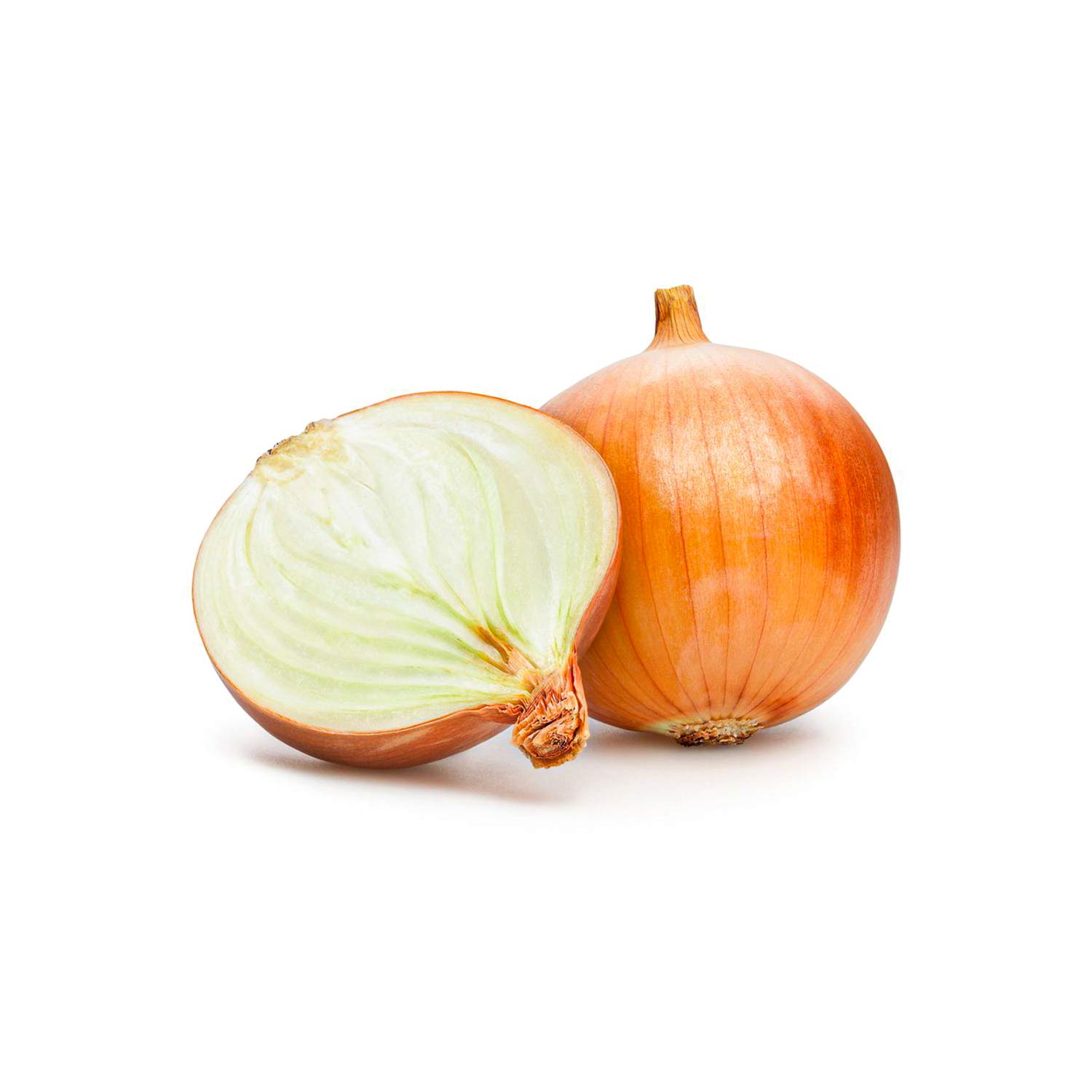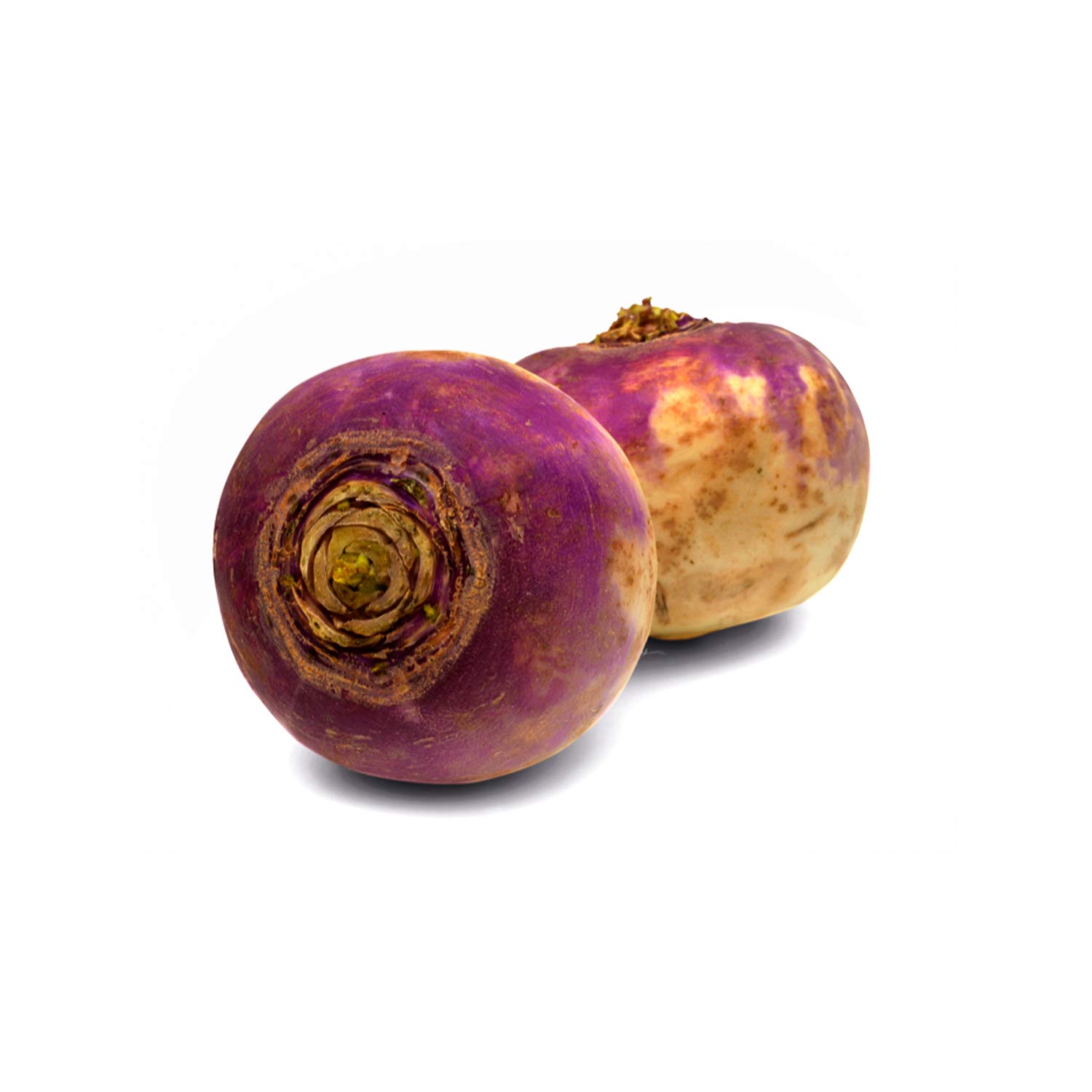A Step-by-Step Guide
Exporting fresh fruit can be a highly profitable business opportunity. As the global demand for healthy and natural food continues to rise, fresh fruit remains one of the most sought-after products worldwide. This guide will walk you through the essential steps to successfully export fresh fruit to international markets.


Why Export Fresh Fruit?
Fresh fruit continues to be in high demand globally, especially as consumers increasingly seek healthy, natural snacks. Therefore, exporting fresh fruit can be an excellent way to grow your business. Countries with favorable climates for fruit production have a competitive edge in international trade. By tapping into growing markets such as the United States, the European Union, and Asia, you can expand your business and find new opportunities.
1. Rising Demand for Fresh Produce
Fresh fruit is popular across the globe, and demand continues to rise. As people become more health-conscious, they increasingly prefer fresh produce over processed snacks. For example, fruits such as citrus, berries, and tropical varieties like mangoes are in high demand in many international markets. As a result, fresh fruit exporters are well-positioned to meet the growing demand.
2. Expanding Global Market
The global market for fresh fruit has expanded due to better transportation options and advanced refrigeration technologies. Consequently, exporting fresh fruit has become more efficient and cost-effective. By using proper packaging and refrigeration, you can ensure the fruit reaches international markets in excellent condition. This expanding global market offers a significant opportunity for exporters to take advantage of the increasing demand for fresh produce.
Steps to Export Fresh Fruit
Successfully exporting fresh fruit involves several important steps. By following these steps, you can avoid complications and ensure your product reaches international buyers in top condition.
1. Understand Import Regulations
Each country has specific import regulations for fresh produce, so it’s crucial to research the rules of your target market before exporting. Regulations may include certification requirements, inspections, and packaging standards. By understanding these regulations, you can avoid delays at customs and ensure smooth entry into the target market. In addition, make sure you have all the necessary documentation to prove that your fruit meets the required standards.
2. Select the Right Fruits
Choosing the right fruits for export is essential. Not all fruits travel well or are in demand in every market. Therefore, it’s important to consider factors such as your local climate, growing seasons, and the preferences of your target market. Some fruits, such as apples, grapes, and citrus, are popular in many countries and tend to have a longer shelf life, which makes them ideal for export. Furthermore, ensure that the fruit you choose is durable enough for long-distance shipping to reduce spoilage.
3. Plan for Export Logistics
Efficient logistics are key to ensuring that fresh fruit arrives in the best possible condition. Since fresh fruit is highly perishable, you must pay special attention to packaging, storage, and transport. To ensure the fruit stays fresh during transit, it is important to use high-quality packaging materials and refrigerated containers. Additionally, work with a reliable logistics provider to ensure that temperature control and other important aspects of shipping are carefully managed.
Packing and Storage
The packing process plays a crucial role in preserving the quality of fresh fruit. For example, fruits should be packed in breathable materials that allow airflow, which helps prevent damage and spoilage. Moreover, refrigeration is necessary to maintain the fruit’s freshness. Make sure to use refrigerated containers throughout the shipping process to avoid temperature fluctuations.
Shipping Methods
You must choose the best shipping method for your product. If you are shipping a high-value fruit, such as berries, air freight is the fastest option, though it may be more expensive. On the other hand, sea freight is a cost-effective choice for larger shipments. Ultimately, the right shipping method depends on factors like the type of fruit, its shelf life, and the destination.
4. Build Strong Relationships with Buyers
Building strong relationships with buyers is essential to the success of your export business. To begin, identify potential buyers such as wholesalers, distributors, and retailers in your target markets. Then, offer high-quality products, maintain consistent communication, and provide excellent customer service. By doing so, you will foster trust and build long-lasting partnerships, leading to repeat business and growth opportunities.
Exporting fresh fruit offers significant opportunities for growth in an expanding global market. By understanding import regulations, selecting the right fruits, preparing efficient logistics, and building strong buyer relationships, you can successfully navigate the complexities of the export process. As demand for healthy, fresh produce continues to rise, this is an exciting time to enter the fresh fruit export industry.
https://iranfreshfruit.net/best-price-for-f…fruit-for-export





